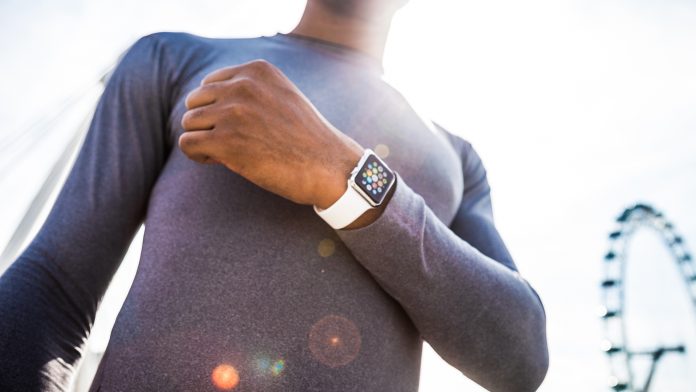
Some models of smartphones and smartwatches can interfere with the workings of pacemakers and defibrillators, new research has found.
A study by investigators affiliated with the Center for Devices and Radiological Health (CDRH) at the US Food and Drug Administration (FDA) found that all iPhone 12 and Apple Watch 6 models were strong enough to trigger a magnetic interference in pacemakers and defibrillators when in close proximity. The findings support current recommendations from the FDA that patients should keep electronic devices, such as mobile phones and smartwatches, at least six inches away from implanted medical mechanisms.
The study has been published in the journal Heart Rhythm.
Lead investigator Seth J Seidman, MS, Research Electrical Engineer and EMC Program Advisor with the CDRH, said: “Ensuring the safety of our nation’s medical devices is a cornerstone of our consumer protection mission, especially as technology continues to advance.
“As part of this work, the agency reviewed recently published articles describing the possibility that certain newer cell phones, smartwatches, and other consumer electronics with high field strength magnets may temporarily affect the normal operation of implanted electronic medical devices, such as pacemakers and implantable defibrillators. Based on our review, we decided to conduct our own testing to confirm and help inform appropriate recommendations for patients and consumers.”
Triggering ‘magnet mode’
Cardiovascular implanted electronic devices are designed to support heart rhythm disorders, such as slow or fast heartrates. Implantable pacemakers and cardioverter defibrillators (ICDs) include a ‘magnet mode’ designed to be used when a patient is undergoing a procedure where electromagnetic interference is possible, or when suspension of the device is necessary for medical treatment. However, this feature can also be triggered accidentally from strong magnetic fields greater than 10G, which can change how the device works and could result in serious harm to the patient.
Previous research has shown magnets strong enough to trigger this magnet mode were very large and identifiable, such as stereo speakers or electronic motors in cordless tools. However, with the advent of small rare-earth magnets, strong magnetic fields can now be found in headphones, door locks, or small phone speakers.
The study’s team of researchers tested the magnetic field output of all iPhone 12 and Apple Watch 6 models at varying distances from the cardiovascular devices. They found that all the devices have static magnetic fields significantly greater than 10G when in close proximity, and this is high enough to place implanted cardiac devices into magnet mode. However, when a separation distance of six inches or more was maintained, the phones and watches did not trigger magnet mode.
Seidman said: “Because of these results, we are taking steps to provide information for patients and healthcare providers to ensure they are aware of potential risks and can take simple proactive and preventive measures like keeping consumer electronics, such as certain cell phones and smartwatches, six inches away from implanted medical devices and not carrying consumer electronics in a pocket over the medical device.
“We believe the risk to patients is low and the agency is not aware of any adverse events associated with this issue at this time. However, the number of consumer electronics with strong magnets is expected to increase over time. Therefore, we recommend people with implanted medical devices talk with their healthcare providers to ensure they understand this potential risk and the proper techniques for safe use. The FDA will continue to monitor the effects of consumer electronics on the safe operation of medical devices.”
























